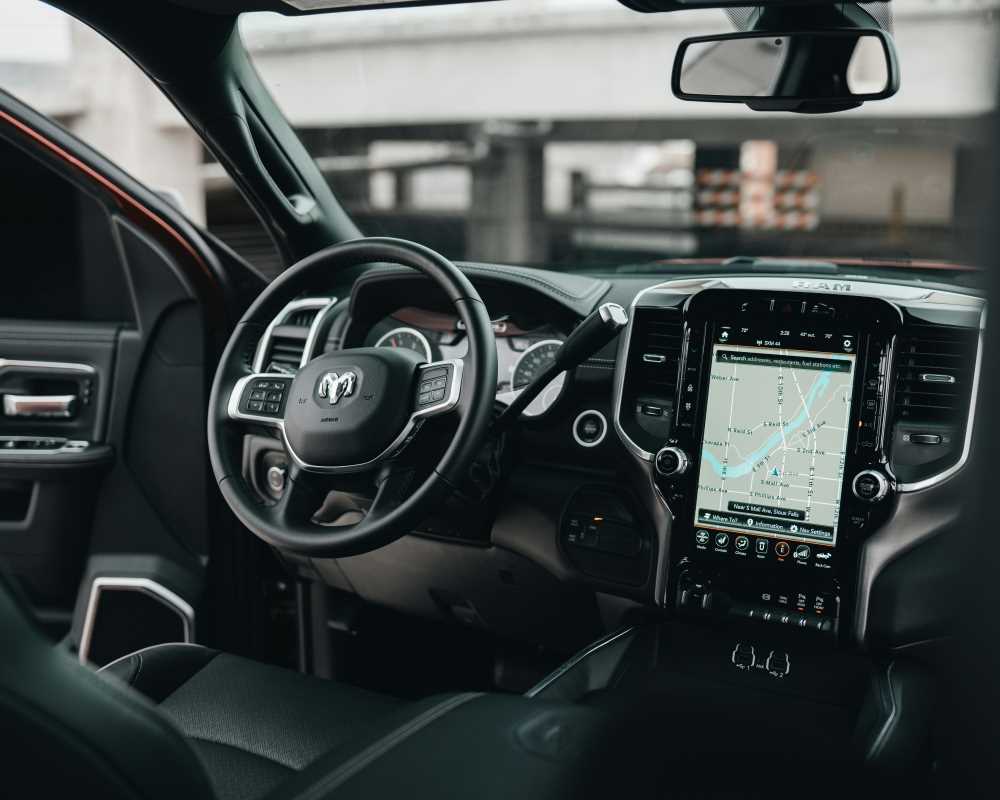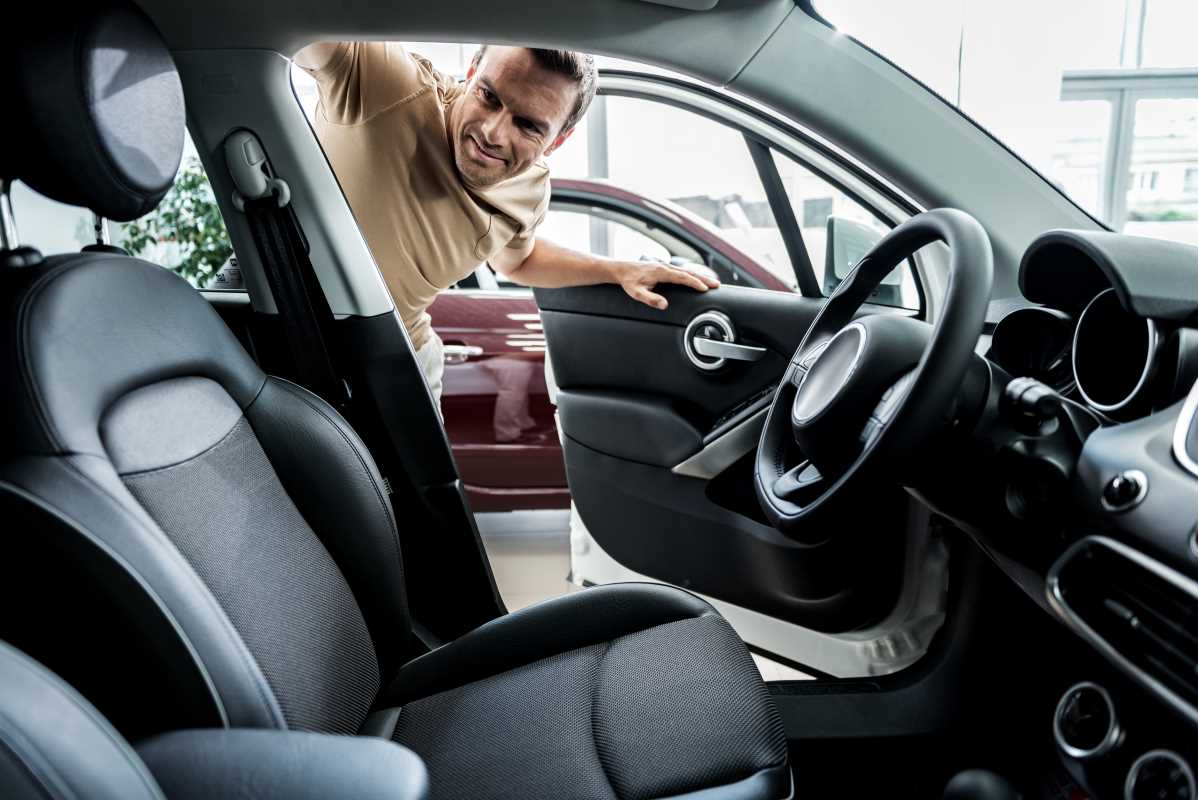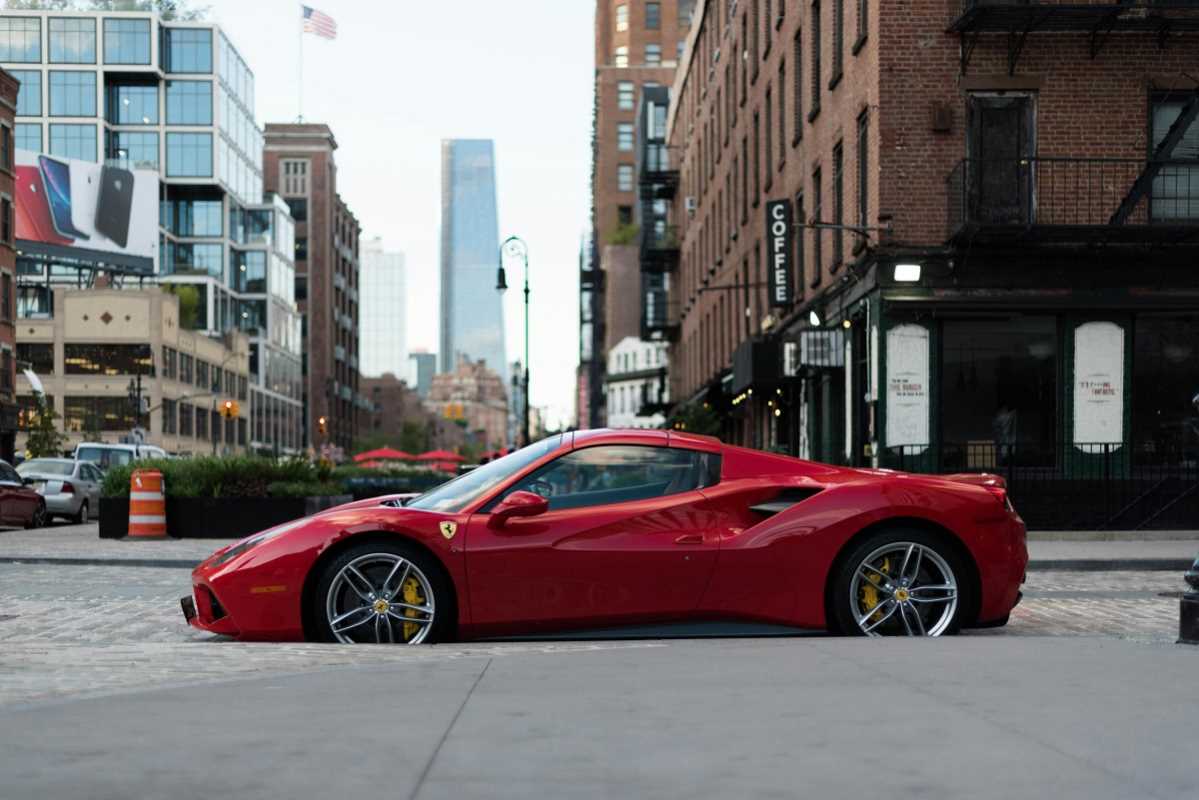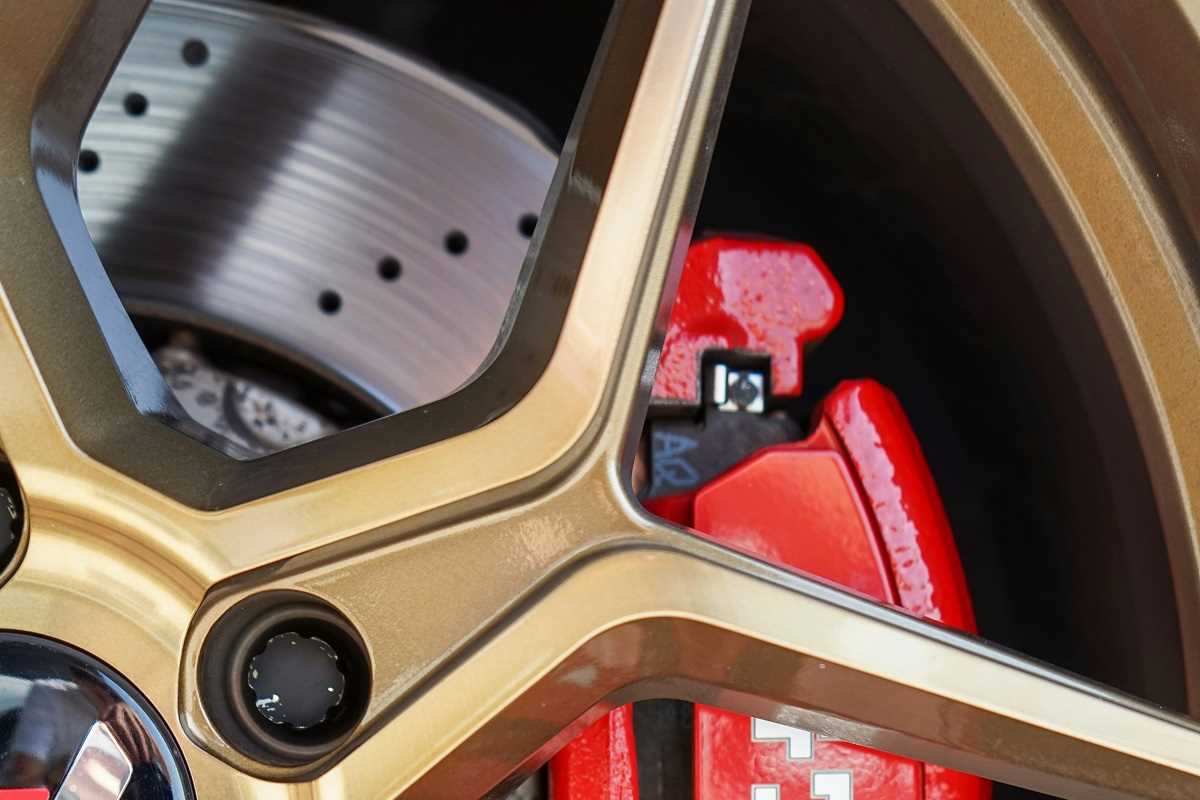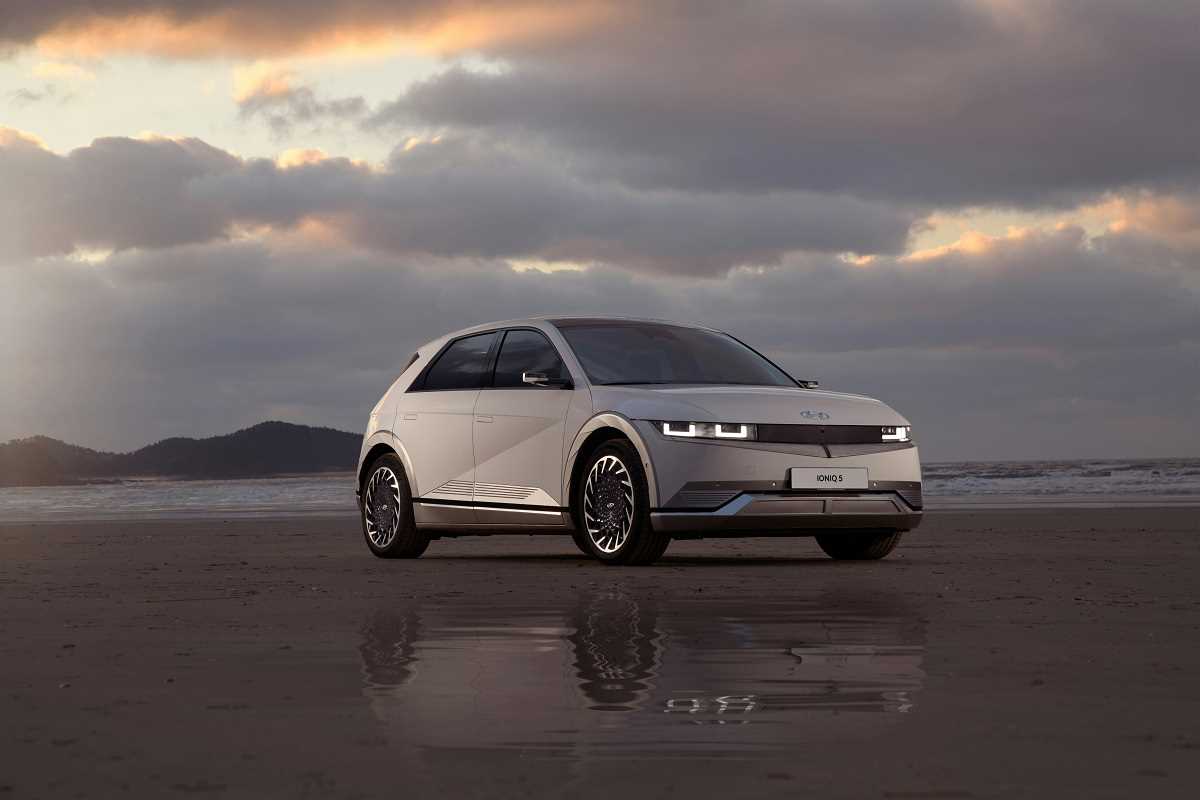The automotive world is undergoing a seismic shift in 2025, redefining what drivers want from their vehicles. Policies, market conditions, and consumer preferences are evolving at breakneck speed, leaving some cars struggling to keep up. As tastes favor eco-friendly technology, practical features, and digital integration, iconic models and once-popular brands are feeling the aftermath of waning popularity.
Why are certain cars, even beloved classics, losing ground? Below, we break down this phenomenon by analyzing key models that are either being phased out or experiencing significant sales declines, while shedding light on broader industry trends.
Why Are Cars Losing Popularity?
Several factors are driving the decline of once-popular vehicles. Here’s what’s fueling the shift in 2025:
Consumer Preference for SUVs and EVs
The market has seen a consistent spike in demand for crossovers, SUVs, and electric vehicles (EVs) over the past decade. The practicality and efficiency of SUVs appeal to diverse demographics, from families to outdoor enthusiasts. Similarly, EVs offer advanced technology and present a valid solution to growing concerns about climate change, drawing environmentally conscious buyers.
Sustainability Concerns
Legislative pushes toward reducing carbon footprints and promoting zero-emission vehicles encourage automakers to prioritize EVs and hybrids. Cars with gas-guzzling engines face increasing scrutiny and are quickly falling out of favor.
A Shift to Digital and Intelligent Features
Consumers now expect vehicles to resemble high-tech gadgets, featuring software-defined systems, over-the-air updates, and autonomous functionalities. Traditional, analog-driven models are losing their appeal in this digital-first era.
Stiff Competition
New entrants and innovation from competitors have shaken up the marketplace. Brands resting on their laurels are left struggling to compete as more aggressive strategies dominate market share.
Keeping these trends in mind, here are some of the vehicles that are losing steam in 2025.
Cars Steadily Disappearing from Dealerships
1. Chevrolet Camaro
After years of dominance as a muscle car icon, the Chevrolet Camaro is nearing the end of the road. Having already been discontinued once in the early 2000s, its comeback in 2010 reignited passion for pony cars. However, dwindling interest in two-door vehicles and increasing consumer focus on SUVs and EVs, paired with declining sales, led Chevrolet to announce its discontinuation in 2024.
The sixth-generation Camaro brought advanced performance dynamics while staying true to the muscle car spirit. Despite its track prowess and heritage, its outdated design language and limited practicality failed to resonate with buyers focused on future-proof mobility.
2. Nissan GT-R (R35)
The Nissan GT-R, often praised as the "Godzilla" of performance vehicles, is finally reaching the end of its 16-year reign. First unveiled in 2007, the R35 GT-R broke records with its innovative AWD system, twin-turbocharged V6, and lightning-fast handling. However, Nissan has announced that the GT-R will not be returning to production in its current form.
What caused this fall from grace? A lack of significant updates over the model’s elongated production run diminished its allure amidst fierce competition from brands like Porsche and Tesla. Furthermore, the market shift toward EVs negatively impacted the demand for sports cars with high emissions.
3. Ford Edge
Once a mainstay in Ford’s SUV lineup, the Edge is bowing out after its 2024 model year. This mid-size SUV struck a balance between the compact Ford Escape and the larger Explorer, aimed at consumers looking for an urban-friendly yet versatile vehicle.
Yet, as competition stiffened, the Edge lagged behind new rivals equipped with superior tech features, more efficiency-oriented powertrains, and fresher designs. Additionally, Ford’s revamped focus on electrification has led the company to prune less profitable models like the Edge, allowing room for EV development and production.
4. Mitsubishi Mirage
The Mitsubishi Mirage, despite its affordability, is another nameplate being shelved in 2025. Known as an entry-level budget vehicle, it delivered practicality and an economical price point but failed to win favor for offering anything beyond basic transportation.
Rising consumer expectations for quality interiors, seamless digital integration, and higher safety ratings ultimately overshadowed its appeal. Additionally, small cars are less in demand as compact SUVs fill a similar niche while offering more versatility.
5. Jaguar E-Pace and I-Pace
The luxury-focused Jaguar brand is undergoing a complete overhaul, leaving behind several underperforming models, including the E-Pace and I-Pace. The E-Pace, a subcompact luxury SUV, struggled to justify its premium price point as it battled fierce competition from BMW and Mercedes-Benz. Similarly, the I-Pace, despite being an early entrant in the premium EV space, was unable to keep pace with brands offering superior battery range and value.
Jaguar’s identity crisis, coupled with aggressive investments in its electric future, has led to the phasing out of these models.
What This Trend Means for the Automotive Industry
The accelerating demise of these cars underscores the realities of a shifting automotive landscape. Iconic models disappearing from showrooms illuminate larger industry points, including consumer evolution and necessary adaptations for automakers.
Key Takeaways for Manufacturers
- Focus on EVs and Sustainability: Governments worldwide are doubling down on emissions targets, efficiency standards, and tax incentives for EV production. Automakers must prioritize zero-emission models, both to align with regulations and to stay competitive.
- Expand Tech-Driven Features: Consumers increasingly expect advanced digital systems in their cars. Manufacturers aiming to succeed must invest heavily in smart displays, autonomous capabilities, and software-defined platforms to meet these demands.
- Adjust Product Lineups: Models that fail to meet modern customer needs, whether due to size, style, or outdated technology, must be reevaluated. Trimming the fat and reallocating resources to winning categories, like EVs and crossovers, can ensure better returns in the long term.
- Prioritize Practicality and Versatility: Practical vehicles like SUVs dominate today’s automotive market. Companies should consider versatility when designing future models to account for shifting lifestyles and utility preferences.
From sports car royalty like the Chevrolet Camaro to entry-level models like the Mitsubishi Mirage, 2025 marks the end for many familiar vehicles in response to shifting consumer and industry trends. Buyers today are looking toward a future driven by technology, sustainability, and practicality, leaving automakers at a crossroads.
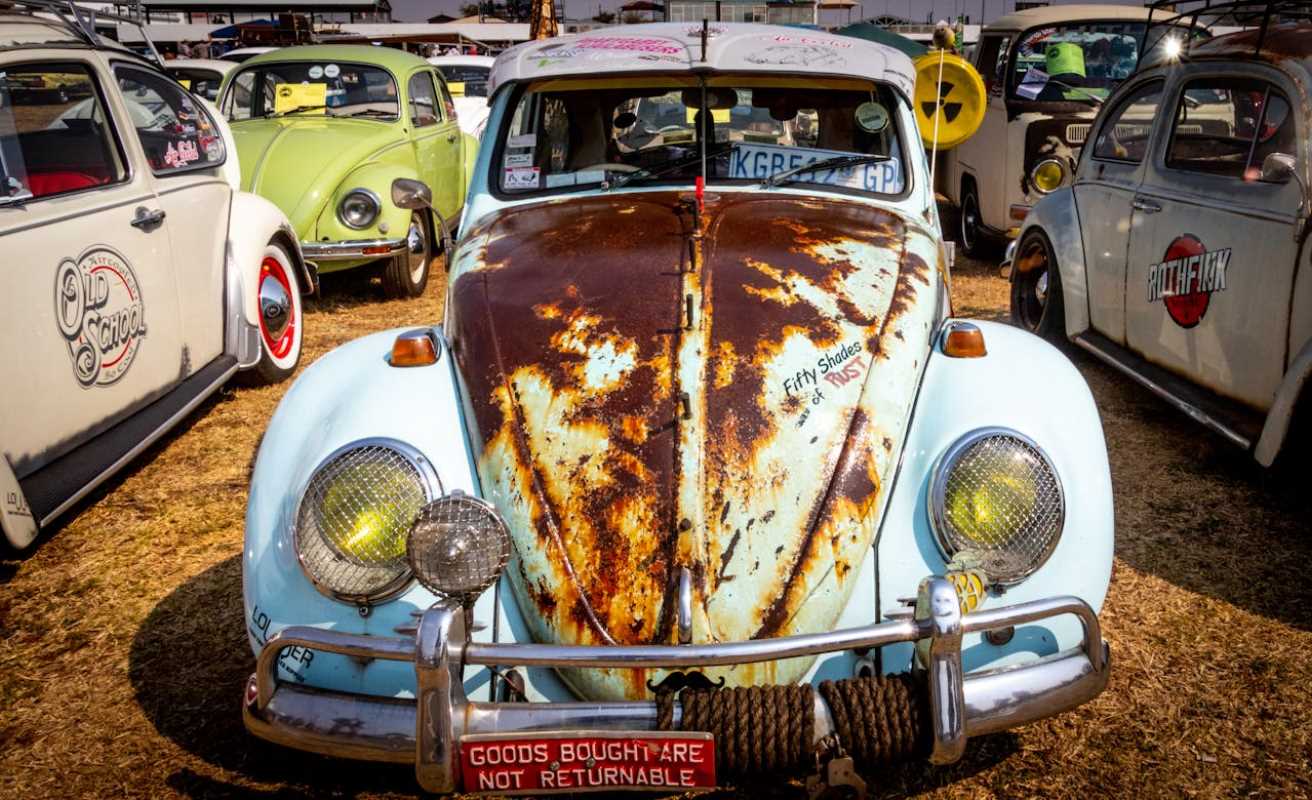 (Image via
(Image via
